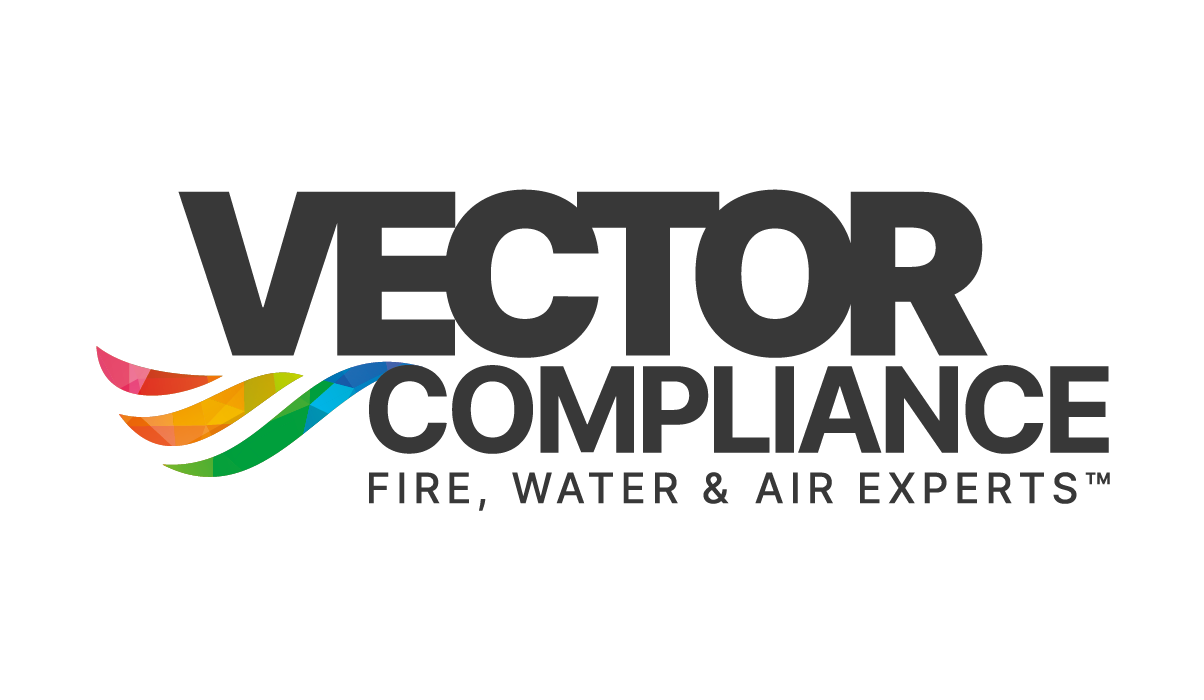Scald Risk Assessments
Scald Risk Assessment
A scald risk assessment is an evaluation conducted to identify and assess the potential risks of scalding from hot water or steam in a specific environment. Our assessments at Vector aim to prevent scald injuries caused by exposure to excessively hot water, which can result in burns or scalds. Scalds can occur in various settings, such as homes, healthcare facilities, schools, public places, and workplaces.
Key components of a scald risk assessment typically include:
Identification of Hot Water Sources: Identify all sources of hot water or steam in the environment, including taps, showers, faucets, water heaters, and other equipment that produces hot water.
Temperature Measurement: Measure and document the temperature of hot water at different outlets to ensure compliance with recommended safe temperature levels to prevent scalding.
Evaluation of Hot Water Delivery System: Assess the design, operation, and maintenance of the hot water delivery system to ensure it is functioning properly and delivering water at safe temperatures.
Identification of Vulnerable Populations: Identify individuals who may be at a higher risk of scald injuries, such as children, the elderly, individuals with disabilities, or anyone with reduced sensitivity to heat.
Assessment of Usage Patterns and Behaviors: Evaluate how people use hot water in the environment, including their habits and behaviors related to hot water use, to identify potential risks and areas for improvement.
Education and Awareness: Assess the level of knowledge and awareness among occupants regarding the risks of scalding, safe hot water usage, and appropriate actions to take to prevent scald injuries.
Recommendations and Mitigation Strategies: Provide recommendations based on the assessment findings to mitigate scald risks. This may include adjusting water heater settings, installing anti-scald devices, improving signage, and enhancing education and awareness programs.
Regular Monitoring and Review: Establish a process for ongoing monitoring and review of the hot water system and scald risk mitigation measures to ensure they remain effective over time.
By conducting a thorough scald risk assessment and implementing appropriate preventive measures, organizations and individuals can significantly reduce the likelihood of scald injuries, especially among vulnerable populations. It's crucial to prioritize safety and educate individuals on how to use hot water safely to prevent scalds and maintain a safe environment.

